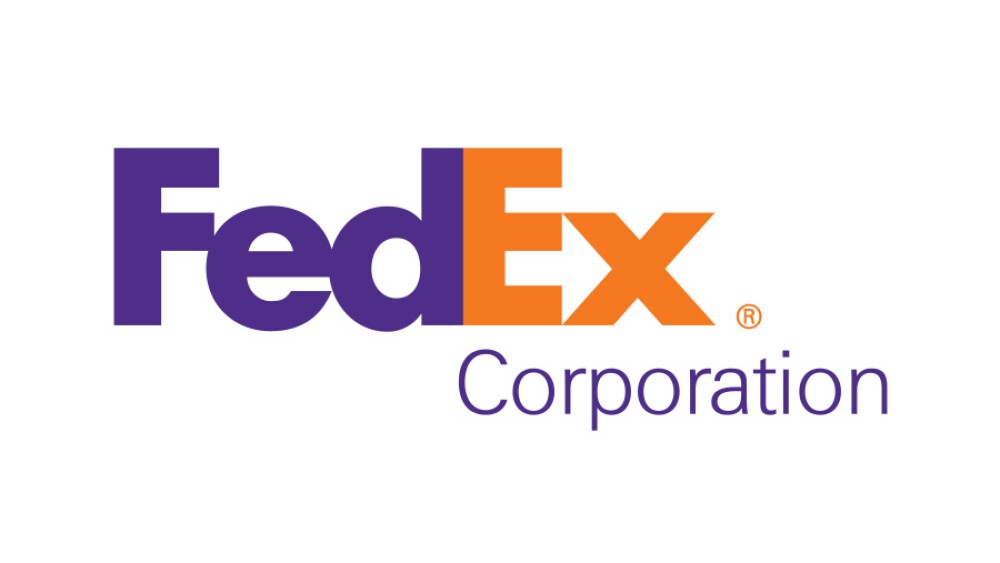
FedEx reported a revenue of $21.58 billion, missing the anticipated figure of $21.97 billion.
The company’s quarterly earnings were $3.60 per share, below the Zacks Consensus Estimate of $4.82 per share.
FedEx revised its full-year outlook downwards, leading to a significant drop in its stock price during extended trading.
On Thursday, September 19, 2024, FedEx Corporation (NYSE:FDX) reported its earnings after the market closed, revealing a revenue of approximately $21.58 billion. This figure did not meet the anticipated revenue of about $21.97 billion, showing a slight shortfall from the estimated figures. FedEx, a major player in the global shipping and logistics industry, competes with other giants like UPS and DHL. Its performance is closely watched as an indicator of global trade health and consumer demand.
The company also reported its quarterly earnings at $3.60 per share, missing the Zacks Consensus Estimate of $4.82 per share. This marks a decline from the earnings of $4.55 per share recorded a year ago, as highlighted by Zacks Investment Research. This miss in both revenue and earnings per share (EPS) expectations has raised concerns among investors and analysts about FedEx’s current financial health and future performance.
Following the announcement, FedEx experienced a significant drop in its stock price during extended trading. This reaction can be attributed to the company’s failure to meet analysts’ expectations and its decision to revise its full-year outlook downwards, as reported by Investopedia. Such adjustments often signal to investors potential challenges ahead, impacting stock performance negatively.
The financial metrics of FedEx, such as the price-to-earnings (P/E) ratio of approximately 18.39 for the trailing twelve months (TTM), provide insight into how much investors are willing to pay for a dollar of earnings. Despite the earnings miss, the P/E ratio suggests that investors had previously held a relatively optimistic view of the company’s profitability. However, the earnings yield of about 5.44% TTM, which is the inverse of the P/E ratio, indicates the profitability from an investor’s perspective, offering a more sobering view in light of the recent earnings report.
FedEx’s valuation ratios, including the price-to-sales (P/S) ratio of about 0.84 TTM and the enterprise value-to-sales (EV/Sales) ratio of roughly 1.27 TTM, reflect the value investors place on each dollar of the company’s sales and the company’s total valuation relative to its sales, respectively. These figures, along with the enterprise value-to-operating cash flow (EV/OCF) ratio of approximately 15.32 TTM, are crucial for understanding FedEx’s market position and financial health in the wake of its latest earnings report.

